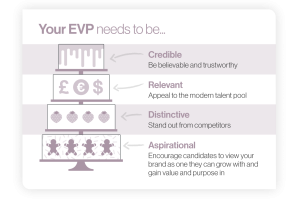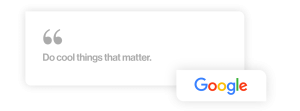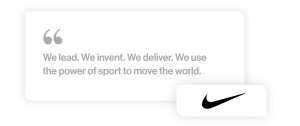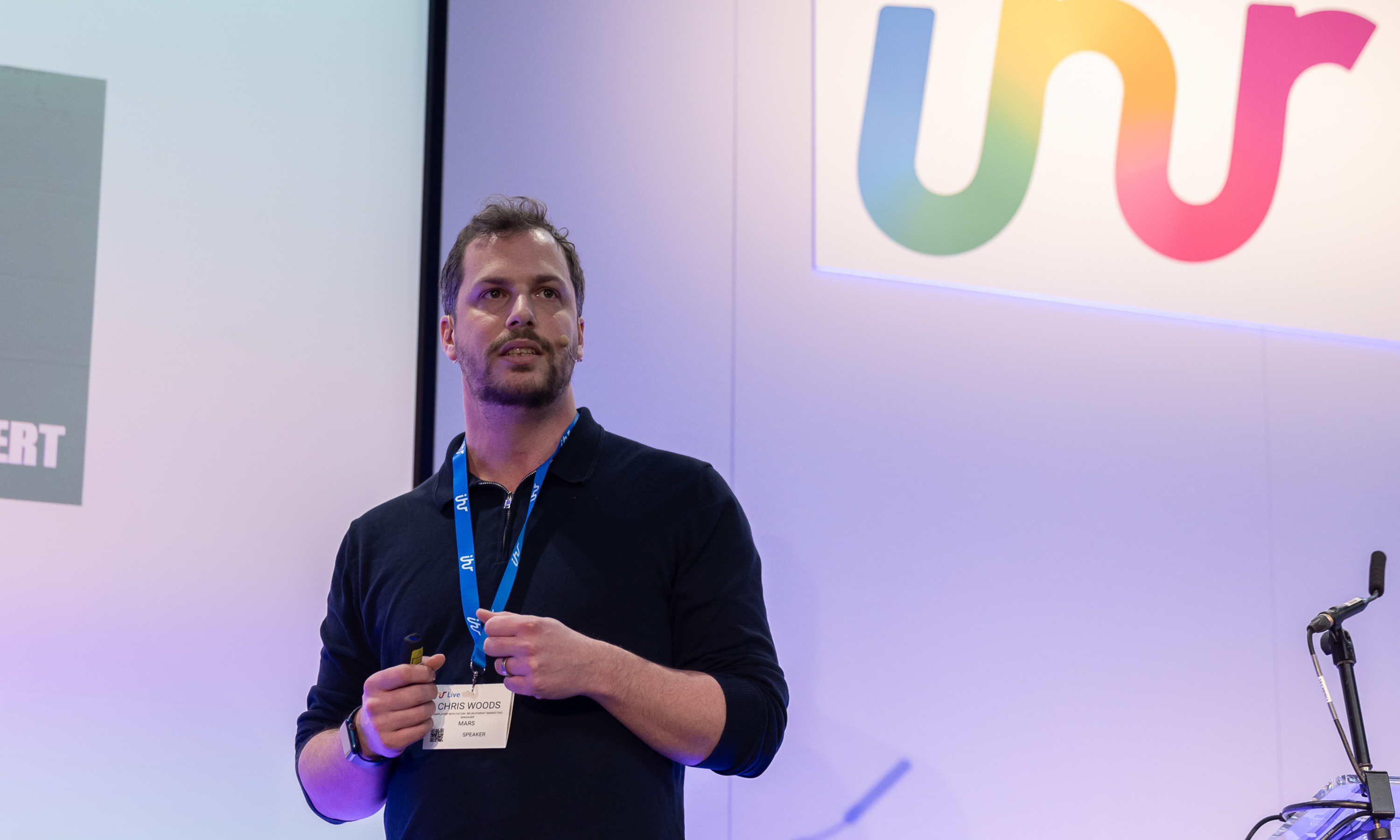Sometimes articles aimed at educating professionals on employer branding can miss the mark, leaving people confused and less clear than they were before they embarked on their quest for information. Employer branding isn’t an elusive concept, but it can be hard to define in a way that makes it tangible and real for people.
In this article, we knock down the jargon and explain key elements of an employer brand in a way we can all relate to – using a cake recipe. We will explore what separates a good employer brand from a great one, and the actions you can take to make this happen.
Step 1: The Bakers
Before you begin your employer branding journey, you should think about who needs to be involved along the way, the skills they bring and which steps they need to be involved in.
In this case, too many bakers won’t ruin the recipe – as long as there’s a clear plan and everyone is aligned on what needs to be delivered.
Here are some areas to think about and why they’re important:
Strategy
These are the people that set the recruitment and retention goals, the EVP and the roadmap of how to get there. They will be the team that liaises with HR and heads of departments to gain insight into what’s needed, where the employer brand is lacking and how to move forward.
Whether it’s a single top-down directive or a more fluid approach, there must be guidelines and boundaries. Your employer brand is a key part of your overarching brand, and teams must know how they can work to stay on track without compromising the integrity of the company or repelling candidates.
Country-wide or regional strategies require a lot of work, especially if you’re moving into a new territory for the first time and building a team from the ground up. Luckily there are consultants available that can assist in the beginning stages.
Alternatively, if you do have teams already in these countries and regions, their input will prove invaluable.
Recruitment Marketing
This is the team responsible for making applicants aware of your brand and the roles available. Everything from where to post jobs online through to advertising on social media, radio, television and everywhere else.
While each set of ‘bakers’ are only as strong as the next, recruitment marketing is fundamental once your strategy is set in place. There’s no point being amazing if you’re not able to tell the world about it.
Content Management and Production
In order to get your recruitment marketing out there and communicate effectively with candidates and existing employees, you’re going to need content – and a lot of it.
Digital adverts. Print adverts. Social posts. Emails. Video marketing.
Your audience needs all of it. And it’s a monumental task to keep a steady, considered flow of assets going out across countries, regions and sub-brands.
If we take one advert in isolation, for this alone you need strategic input, creative direction, design, copywriting, photography, art working, asset management, asset distribution and a lot more.
Requests alone from teams can be draining on resources. If someone requests a file or asset in a particular size or format, the logistics of locating the file, getting it briefed in, re-approved and sent back can be a strenuous process.
So much time and effort go into making sure what your brand puts out into the world is fit for purpose, but with the demands and pressures placed on teams increasing, ensuring every little detail is considered could be unsustainable.
Outside of your core, externally-facing content delivery, there are plenty of outputs needed for internal communications and employee retention, as well as recruiter training and resources for candidates.
It’s a big job for any team, and what many brands are choosing to do – brands such as Unilever, Vodafone and IBM – is to bring as much of that control and creation of content in-house as possible. They do this through Brand Activation Management by Papirfly™, or BAM for short. It’s a centralised portal that teams worldwide can access for tailored templates, content and guidelines for their employer brand.
They can create and adapt campaign assets (digital, print, social, email, video, etc.), find exactly what they’re looking for in an organised DAM and keep on top of campaign timelines and briefs – all in a matter of minutes.
Community Management
The person or team responsible for actively promoting your employer brand through social media, reputation management, internal employee engagement and more.
They work with all the above teams to really amplify the great work you’re doing and feedback on-the-ground insight that can help inform your next moves.
Step 2: The Base
The base of your employer brand is the underlying values and aims of the company and brand. These are the catalyst and grounding point for every piece of strategy and content that’s delivered.
Your Brand’s Employer Value Proposition (EVP)
This is how your brand wants to be perceived as an employer – both by your existing employees and prospective candidates.
Start with a statement. A statement that informs internal teams and the world exactly what sets you apart as an employer.
Leading employer branding agency Universum recommends that your EVP statement follows this useful guide:
Still not sure? Here are some examples of EVPs (in a nutshell) from some well-known brands…
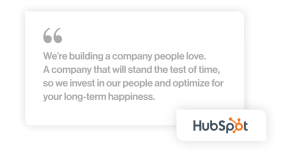
Your Brand’s Purpose
This may crossover with your brand’s mission to some degree, but as a topic it sits in its own right. This is less about what your brand, products and services are trying to achieve from a business perspective and more about the underlying driving force behind it.
Let’s take a hypothetical scenario to make the distinction a little easier.
A mission could be: To deliver business technology of the future today
A brand’s purpose could be: To empower people, businesses and the world to thrive with eco-friendly technology
The mission outlines what the company is doing and the purpose outlines the positive impact they want to make on the world.
One final thought on purpose: if a candidate sees even a single instance where you’ve gone against your purpose, they could immediately disengage. So if your brand is all about saving the environment, and they turn up to their interview with a car park full of non-eco-friendly vehicles, lights on unnecessarily during the daytime and tons of food waste being thrown out from the cafeteria, they may well get back in their car and drive off.
Your purpose isn’t just a statement to glorify in campaigns and content – it’s something that needs to ring true for every employee, who then carries this with them in all of their actions.
Step 3: The Layers
Now you’ve got a solid base, let’s build on it. What needs to be considered before everything is communicated outwardly?
Happiness of Existing Employees
If there are issues with your current staff satisfaction and turnover rates, this should be the first layer you address. It doesn’t matter how great your offering is, if a candidate takes a job and it doesn’t live up to what’s promised, it’s wasted time and effort for all parties.
Speak to employees or HR to gain an understanding of improvement areas, what employees would like to see and use this information to set things right, as well as shape your offering to candidates.
Your Attraction and Retention Priorities
This will vary from brand to sub-brand, country to region, but there needs to be an effective way to measure and communicate which roles are needed when, at what priority and within what timeframe.
Your Global Strategy
We mentioned earlier, this may be formed with individual country consultants or with teams that reside in the market you’re targeting. While topline strategy is the starting point, understanding each market on a detailed level will help shape much of your communications.
- Do you have region-specific imagery?
- Is it culturally appropriate?
- Are the correct colours used?
- Who is responsible for translations?
There are many cultural nuances for advertising in general, let alone for employment. Not only does the creative need to reflect what the candidate would want to see from a cultural perspective, but also based on what their priorities are. Perhaps working from anywhere is the main driver for those in the UAE, or work-life balance is more important than salary in Canada?
Benchmarking
Where is the top talent going? Why are your competitors getting the recruits you wanted?
Take some time to look at the disparity between what your brand offers and those within the same space. Standing out with a solid value proposition and benefits package could help set you apart. But candidates are going to consider a number of things for both you and the competition:
- What they’ve heard about your company
- Do they know anyone who works there?
- Employee reviews and general reputation
- Salary and perks package
- How much of an influence the brand has on them
- Do they believe in your mission and purpose?
- What you offer over the competition
Step 4: The Icing on the Cake
This is simply what the candidates see when they apply and what the employees experience each day.
Consider the following as the very minimum (depending on which country you’re recruiting in):
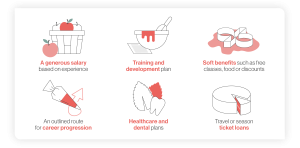
This stuff will be what attracts your candidate and in some cases, keeps your employees. But if the foundation and layers of what you’re offering doesn’t line up with their expectations, everything will fall flat. There’s no point in your brand looking pretty if the very substance is toxic or underwhelming.
The way you communicate these benefits will form part of your marketing strategy and content creation. Ensure your brand has been tailored for local markets, that priorities are understood and that consistency in messaging and visuals is maintained to help build trust.
Step 5: Keeping it Set
Your employer brand ‘cake’ is looking very appealing indeed. But how do you keep it that way?
This is where your existing employees play a vital role. In order to retain your new and existing talent, they need to work in a culture and environment that’s enjoyable. If the culture is toxic and the environment is uninspiring or tense, then everything you’ve worked so hard to build can’t be maintained.
Here are just some of the things you can do to improve company culture and the environment:
- Have defined roles and an appropriate management structure
- Encourage feedback and open communication
- Make collaboration spaces open and connected
- Arrange regular social events and team outings
- Talk openly about the success or next big thing for the company
- Avoid ‘closed-door’ meetings where possible, or hold them out of sight if necessary
- Invest in breakout spaces
- Ensure equipment and furniture is satisfactory for everyone
Why you Shouldn’t Cut Corners
Much like a regular cake recipe, if you skip an ingredient or two, or don’t put the effort in to whisk long enough, then you’re going to end up with a less-than-perfect output. Investing the time now will save time and money in the future.
Having a solid employer brand isn’t just about attracting new people. It’s keeping existing teams happy, getting the right people into the business and building a company that everyone wants to be part of. So if you’re gonna do anything (and you should), you have to make the effort and do it properly all the way.
Papirfly is changing the way your teams work forever with Brand Activation Management, or BAM™. With easy to use online tools, create branded digital, print and video marketing materials in an instant, in any language, without specialist skills.
We partner leading global brands including BP, Coca-Cola, HSBC, IBM, Pfizer, Unilever, Vodafone and more.

